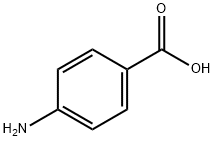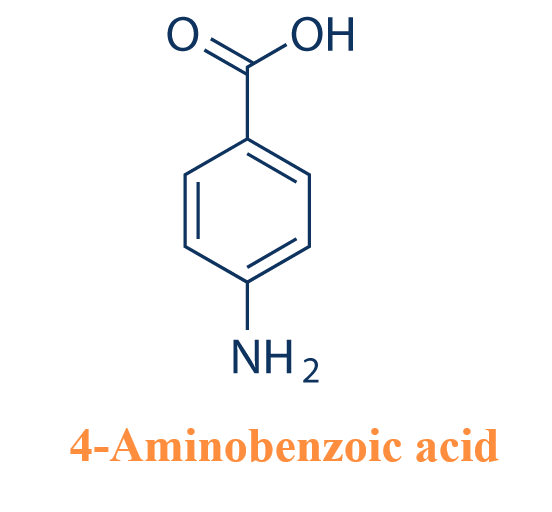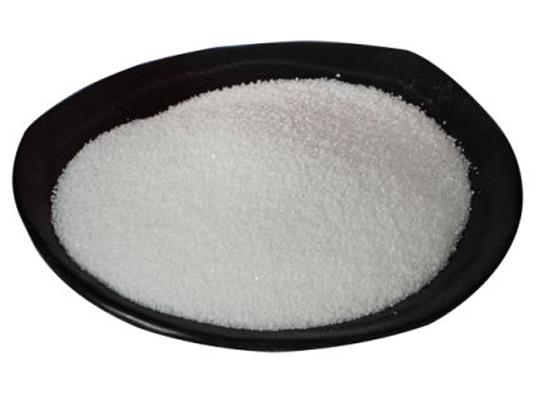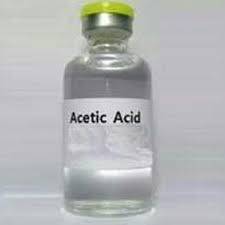PARA-AMINOBENZOIC ACID (PABA)
WHAT OTHER NAMES IS PARA-AMINOBENZOIC ACID (PABA) KNOWN BY?
4-Aminobenzoic Acid, ABA, Acide 4-aminobenzoïque, Acide Aminobenzoïque, Acide p-aminobenzoïque, Acide Para-Amino-Benzoïque, Acide Paraaminobenzoïque, Acide Para-Aminobenzoïque, Acido Para Aminobenzoico, Aminobenzoic Acid, Aminobenzoate Potassium, Bacterial Vitamin H1, Ethyl Dihydroxypropyl Aminobenzoate, Glyceryl Paraaminobenzoate, Octyl Diemthyl PABA, P-Aminobenzoic Acid, Padamate O, Para-Aminobenzoate, Vitamin B10, Vitamin Bx, Vitamin H1, Vitamine B10, Vitamine Bactérienne H1, Vitamine Bx.
WHAT IS PARA-AMINOBENZOIC ACID (PABA)?
Para-aminobenzoic acid (PABA) is a chemical found in the folic acid vitamin and also in several foods including grains, eggs, milk, and meat.
PABA is taken by mouth for skin conditions including vitiligo, pemphigus, dermatomyositis, morphea, lymphoblastoma cutis, Peyronie's disease, and scleroderma. PABA is also used to treat infertility in women, arthritis, "tired blood" (anemia), rheumatic fever, constipation, systemic lupus erythematosus (SLE), and headaches. It is also used to darken gray hair, prevent hair loss, make skin look younger, and prevent sunburn.
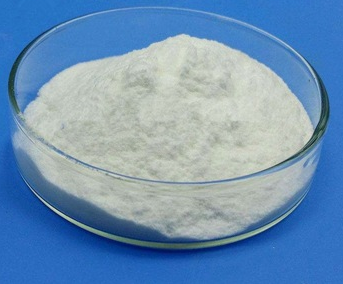
PABA is best known as a sunscreen that is applied to the skin (used topically).
PABA doesn't seem to be taken by mouth as often as it used to be, possibly because some people question its safety and effectiveness.
EFFECTIVE FOR Sunburn
Sunburn. PABA is approved by the U.S. Food and Drug Administration (FDA) for use as a sunscreen. PABA seems to be effective during sweating, but not when skin is submerged in water - during swimming, for example.
POSSIBLY EFFECTIVE FOR Peyronie's disease
Peyronie's disease. PABA is FDA-approved for use in this skin condition.
POSSIBLY INEFFECTIVE FOR Treating a condition that causes hardening or thickening of the skin (scleroderma)
Treating a condition that causes hardening or thickening of the skin (scleroderma). Although PABA is FDA-approved for scleroderma, there is only limited evidence that it is effective. Some research studies suggest it might help for some symptoms of scleroderma, but the most convincing evidence shows that it does not help.
INSUFFICIENT EVIDENCE TO RATE EFFECTIVENESS FOR Skin condition called dermatomyositis
Skin condition called dermatomyositis. PABA is FDA approved for this skin condition. However, there is only limited evidence that it is effective.
Eye infection caused by herpes virus (herpes keratitis). Early research suggests that using a specific PABA eye solution (Actipol) as eye drops can be effective for treating herpes keratitis.
Patchy, white skin (lichen sclerosis). Early research suggests that PABA can improve symptoms of lichen sclerosis.
Patchy hardened skin (Morphea). PABA is FDA approved for use in people with this skin condition. However, there is limited evidence that it is effective.
Skin condition called pemphigus. PABA is FDA approved for use in people with this skin condition. However, there is limited evidence that it is effective.
More evidence is needed to rate the effectiveness of PABA for these uses.
HOW DOES PARA-AMINOBENZOIC ACID (PABA) WORK?
PABA is used as a sunscreen because it can block ultraviolet (UV) radiation to the skin.
ARE THERE SAFETY CONCERNS?
PABA is LIKELY SAFE for most people when applied directly to the skin. There have not been any reports of significant harm, although there have been reports that PABA increases the likelihood of sunburn in some people, even though it usually works as a sun block.
PABA is POSSIBLY SAFE when taken by mouth appropriately and when applied to the eyes as a solution. PABA can cause skin irritation and might also stain clothing with a yellow color. Nausea, vomiting, upset stomach, diarrhea, and loss of appetite might sometimes occur.
PABA is POSSIBLY UNSAFE when taken by mouth in high doses. Taking more than 12 grams per day can cause serious side effects such as liver, kidney, and blood problems.
Special Precautions & Warnings:
Children: When applied directly to the skin, PABA is LIKELY SAFE for children. PABA is POSSIBLY SAFE for children to take by mouth appropriately. Dose is important, as serious side effects can occur. PABA is POSSIBLY UNSAFE when taken by mouth in high doses. Some children who took doses of PABA greater than 220 mg/kg/day died.
Pregnancy and breast-feeding: PABA is LIKELY SAFE when applied to the skin during pregnancy or breast-feeding. However, there is not enough reliable information about the safety of taking PABA by mouth if you are pregnant or breast-feeding. Stay on the safe side and avoid use.
Bleeding disorders: Using PABA intravenously (by IV) might increase the risk of bleeding in people with bleeding disorders.
Kidney disease: PABA might build up in the kidneys making kidney disease worse. Do not use it if you have kidney problems.
Surgery: Using PABA intravenously (by IV) might increase the risk of bleeding during surgery. Stop taking PABA 2 weeks before surgery.
ARE THERE ANY INTERACTIONS WITH MEDICATIONS?
Antibiotics (Sulfonamide antibiotics)Interaction Rating: Major Do not take this combination.
Para-aminobenzoic acid (PABA) can decrease the effectiveness of certain antibiotics called sulfonamides.
Some of these antibiotics include sulfamethoxazole (Gantanol), sulfasalazine (Azulfidine), sulfisoxazole (Gantrisin), and trimethoprim/sulfamethoxazole (Bactrim, Septra).
Dapsone (Avlosulfon)Interaction Rating: Major Do not take this combination.
Dapsone (Avlosulfon) is used as an antibiotic. Para-aminobenzoic acid (PABA) might decrease the effectiveness of dapsone (Avlosulfon) for treating infections.
Cortisone (Cortisone Acetate)Interaction Rating: Moderate Be cautious with this combination.Talk with your health provider.
The body breaks down cortisone to get rid of it. Para-aminobenzoic acid (PABA) might decrease how quickly the body breaks down cortisone. Taking PABA by mouth and getting a cortisone shot might increase the effects and side effects of cortisone.
Medications that slow blood clotting (Anticoagulant / Antiplatelet drugs)Interaction Rating: Moderate Be cautious with this combination.Talk with your health provider.
PABA might slow blood clotting when given intravenously (by IV). Using PABA along with medications that also slow clotting might increase the chances of bruising and bleeding.
Some medications that slow blood clotting include aspirin, clopidogrel (Plavix), diclofenac (Voltaren, Cataflam, others), ibuprofen (Advil, Motrin, others), naproxen (Anaprox, Naprosyn, others), dalteparin (Fragmin), enoxaparin (Lovenox), heparin, warfarin (Coumadin), and others.
Related articles And Qustion
See also
Lastest Price from 4-Aminobenzoic acid manufacturers
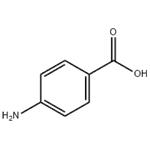
US $0.00-0.00/kg2025-11-20
- CAS:
- 150-13-0
- Min. Order:
- 1kg
- Purity:
- 98%
- Supply Ability:
- 100tons

US $1.00-4.00/KG2025-09-11
- CAS:
- 150-13-0
- Min. Order:
- 1KG
- Purity:
- 99%
- Supply Ability:
- 200000KG
